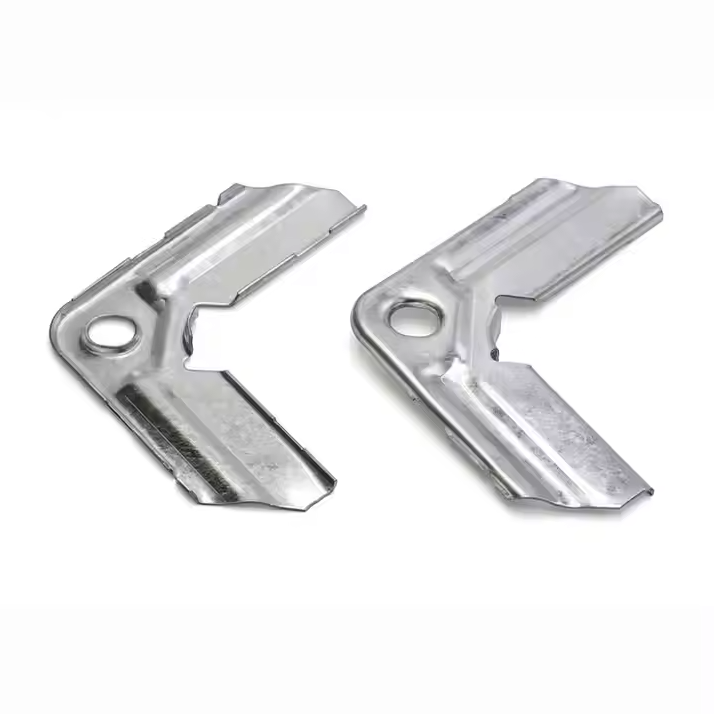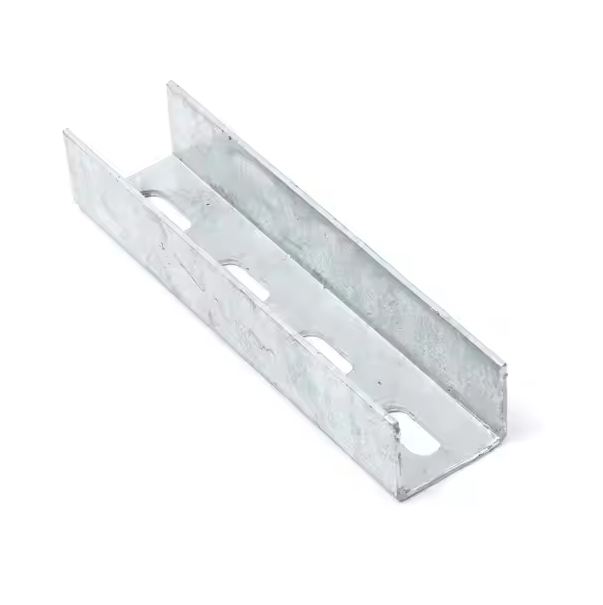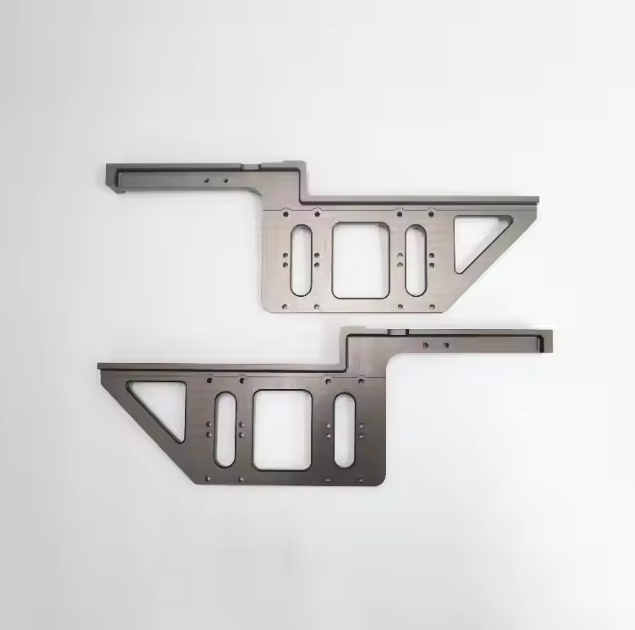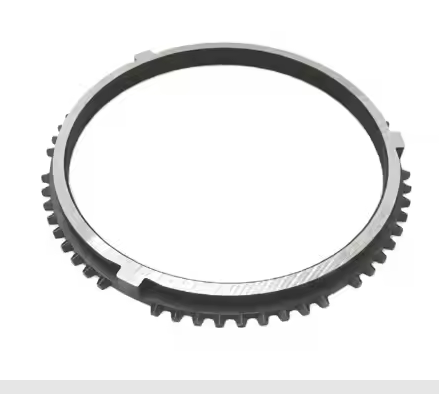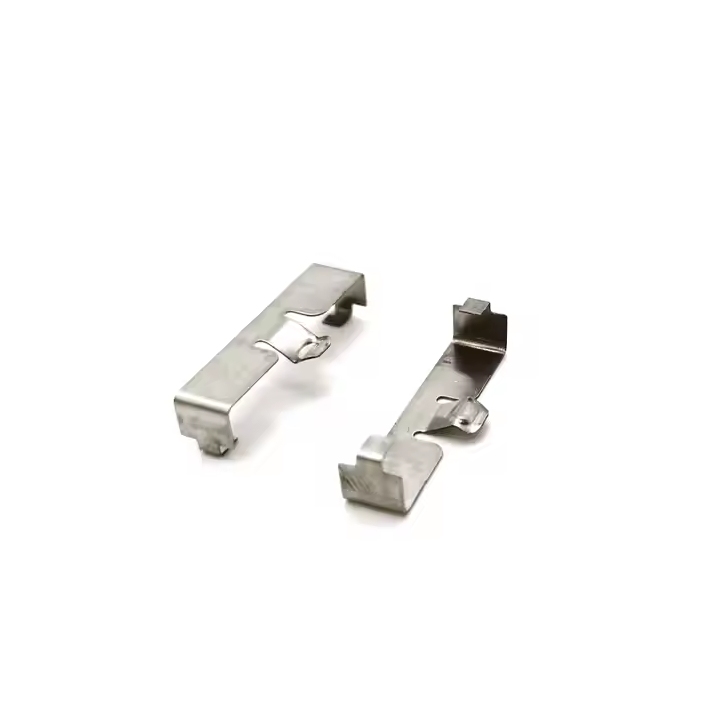CNC milling machines are classified by the number of axes they operate on. These movements determine the part features that can be manufactured and also affect production efficiency and accuracy. Generally speaking, the more degrees of freedom available, the more complex the geometry that can be produced. The most common are 3-axis, 4-axis, and 5-axis milling machines.
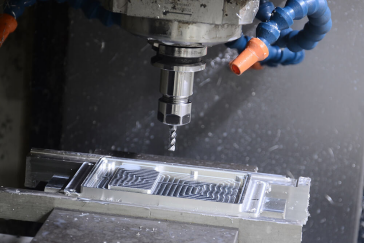
The main difference between 3, 4, and 5-axis CNC machining
3-axis CNC machining generally refers to three axes of linear motion in different directions, such as up and down, front and back, and left and right. 3-axis milling cutters are usually used for drilling and tapping, but only along the Z axis, which is more suitable for machining disc-like parts. This is a limitation for many parts that require holes or grooves to be machined on multiple faces.

4-axis CNC machining is when a fourth axis is added to the motion of the cutting tool, allowing rotation around the x-axis, i.e. there are 4 axes - x-axis, y-axis, z-axis and a-axis (rotation around the x-axis). Most 4-axis CNC machines also allow the workpiece to be rotated, this is known as the b-axis, so that the machine can act as both a milling machine and a lathe.
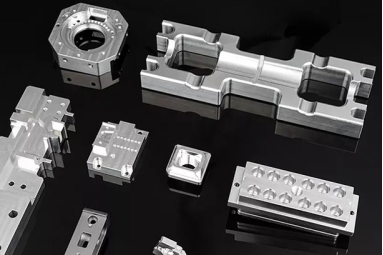
If you need to drill a hole on the side of a part or on the curved surface of a cylinder, 4-axis CNC machining is the best choice. It greatly speeds up the machining process and has high machining accuracy.
5-axis CNC machining is to add a rotating axis to the 4-axis, generally a 360° rotation of the vertical surface. The five axes can be fully processed and can be clamped once, which can reduce the clamping cost and reduce product scratches and bumps. Due to its high versatility, 5-axis CNC machining is used to manufacture complex precision parts. For example, medical parts of artificial prostheses or bones, aerospace parts, titanium parts, oil and gas machinery parts, military products, etc.

The main features of CNC machining
Precision and repeatability: Due to the accuracy of computer programs, CNC machining can achieve highly precise processing, ensuring the consistency of part size and shape, thereby improving part quality and reliability.
Automation: CNC machining is an automated process that reduces manual intervention and improves production efficiency and consistency.
Flexibility: By modifying or changing the program, the CNC machine can process different workpieces, realizing flexible adjustment of the production line.
Complex shape processing: CNC processing can realize the processing of complex shapes, such as curves, curved surfaces and carvings, so it is suitable for manufacturing various precision parts.
Improved production efficiency: Compared with traditional manual operations, CNC processing can significantly improve production efficiency and reduce processing time, thereby saving costs.
Improved production environment: Due to the characteristics of automation, CNC processing reduces the physical requirements of operators and improves the working environment.
Application of Multi-axis Machining in Various Industries
This advanced multi-axis equipment is also used in many industries as it can manufacture complex and precise parts.
Aerospace Industry: The aerospace industry relies heavily on multi-axis machining. It produces precision parts such as turbine blades, engine components, and structures. Manufacturers should note that a properly functioning machine includes many parts that are complex in design, precise in shape, and exacting in form.
Automotive Industry: Multi-axis machines help in developing complex structures such as engine housings, machine/motor groups, and limbs for blade action, damper action, etc.
Medical Devices: Multi-axis machining with slight deviations is common in this field. It is suitable for surgical instruments, implants, and prostheses. Biomedical scanners meet the medical field's requirement for trouble-free precision.
Jewelry Industry: Multi-axis machining is very important in manufacturing pieces that contain fascinating details such as rings, necklaces, and pendants. It can enhance the artwork and incorporate excellent details and twists in the machined parts.
Furniture Industry: This method can avoid monotony (lack of variety) in the theme of furniture design. It can also explore the concepts that the designer wants to achieve through multi-axis engraving.
Quality and efficiency are the main factors in pricing. When machining curved edges, three-axis machining requires starting and stopping to achieve it, while five-axis machining only requires one setup to achieve the right angle cut. It seems that five-axis machining is full of advantages in efficiency, quality, productivity, and delivery time, but advanced machines mean more complexity and longer programming time. Preparation work increases labor costs and time costs. Therefore, three-axis machining is the main processing method in CNC machining. 4-axis and 5-axis machining are the best choices for complex parts. Only with such a combination will you find the cheapest method.
For any project or business, the right manufacturing partner can be the difference between success and failure. Manufacturing is an integral part of the product development process, and making the right choice at this stage goes a long way toward making the product viable. Xuanmin is the ideal manufacturing choice for any situation because it insists on providing the best products with the utmost consistency.
Xuanmin is equipped with state-of-the-art facilities and an experienced team that can handle a wide range of 3-axis, 4-axis or 5-axis machining jobs. Through strict quality inspections, we can guarantee that the final parts meet various quality inspections without error.
